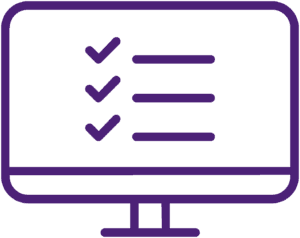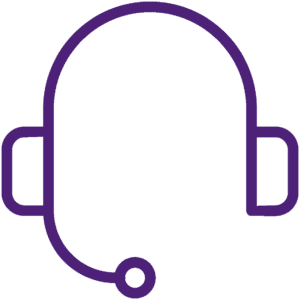Now is the best time to find work as a nurse. So, it’s time to get your resume in order.
Nurses and midwives make up the largest sector in the health workforce, with around 450,000 registered practitioners.
Last year, there were around:
- 337,000 registered nurses
- 72,000 enrolled nurses
- 6,500 midwives with midwife-only registration
- 28,800 midwives with dual registration
But how good is your resume? Do you even have one? Does it need a bit of work?
Nurses Now can help you with these questions and get you on track for finding that nursing role you’ve been wanting. See some positions available right now.
Nurse Resume: Breaking It Down
Building a resume shouldn’t cost you a fortune.
It’s pretty simple to create one of your own if you carefully follow the steps below.
Identifying information
Include your full name, address, and full contact details in this section at the top of your resume. If you have a LinkedIn profile, you can reference it here too. Do not include a photo (unless requested), or your age. Use a clear, common font for easier reading and don’t get too complicated with the overall design. Keep it simple.
Professional summary
Just below your identification details, summarise your current position. This is a 2-3 sentence paragraph highlighting your attributes and what you’re looking for in your nursing career. Include three of your best nursing skills or words that best describe you.
Education and training
Next up, go into detail about what education and training you have completed. List them by date. Start with the most recent and work your way back. Only include details relevant to nursing, or the specialist position you are going for. And don’t go too far back – it’s not that helpful to tell a prospective employer you worked at the checkout during school. You should include your seminars and certifications that you have received throughout your career. Please include reports, presentations, and any research you have done. As you grow in your nursing career, you will be able to demonstrate your professionalism and commitment.
Professional skills
Now, go into detail about all the qualities you have which are relevant and sought after in the job description. Break them down into about 4-5 main skills, using a header for each and explain how you use that skill in practice. Bullet points are preferred.
Some skills and experience healthcare employers are looking for
| AHPRA Registration | General Practice |
| Immunisations | Midwifery |
| Critical Care | CPR Certificate |
| Aged Care | Patient Care |
| Interpersonal Sensitivity | Time Management |
Clinical placements
You’re doing great and your resume is really coming along now! At this stage, it’s a good idea to highlight all the clinical placements, if any, you have completed prior to applying for this new job. Again, start with the most recent. Use a date and headline describing the location of the placement. Underneath, use bullet points to describe your tasks there. Then pull out some key achievements while on placement. Employers like to see where you worked, what you did and how well you performed. This section should cover all that.
Employment history
In this section, you want to demonstrate what role you played at a healthcare facility and your length of tenure. Less is more here. You want to demonstrate your area of expertise/specialty and that you have runs on the board when it comes to years of service. Never overstate your experience or make yourself sound superhuman. Be real.
Volunteer work
It’s a good idea to include any relevant volunteer experience in this next section. Start with your most recent contributions, but only include work that is relevant to nursing.
Awards
If you’re lucky/clever enough to have received awards along the way, pop them in here. Use the date and headline structure similar to the earlier sections to keep your resume’s style consistent. Again, only include awards relevant to your nursing career.
Memberships
If you are a member of any relevant nursing organisations or unions, it’s worth listing them here. Follow the style guide from above.
Languages
If you are bilingual or multilingual, list the languages you speak here in bullet points.
References/referees
Finally, include two referees (preferably a direct former manager, or someone in a higher position to you) so your prospective employer can contact them to get more information about your working experience and history. Include their names, position, company name, direct email address and best phone number.
A Template For Nursing Success
For a visual reference, have a look at this nursing resume template on the Griffith University website. (PDF)
Above all, your resume should be clear and simple. Don’t overthink it. Don’t overwrite it. Use standard fonts and colours. Don’t decorate the borders. Use a snappy writing style – there’s no need to be verbose, too clever or enigmatic.
If you follow the guidelines above, your resume will tick all the boxes required by any employer. It also doesn’t hurt to do a Google keyword search to see what words are useful to include in your nursing resume – just remember to use them in context, and only when relevant to the job you are going for.
At Nurses Now, we want you to succeed in nursing. It’s our passion to find you the role that suits you best. We encourage you to speak with us about creating the best resume and we are happy to help find you the right placement.
Nurses Now is always looking for people to join our friendly, highly qualified team of nurses and support staff. Our goal is to help you find roles across NSW that suit your skills, requirements, lifestyle and personal career goals. That’s why we make it simple by helping you find placements in the fields and locations you want.
Please contact us today for more information on how you can become a Nurses Now employee. We’re an organisation who looks after you because you look after others.



